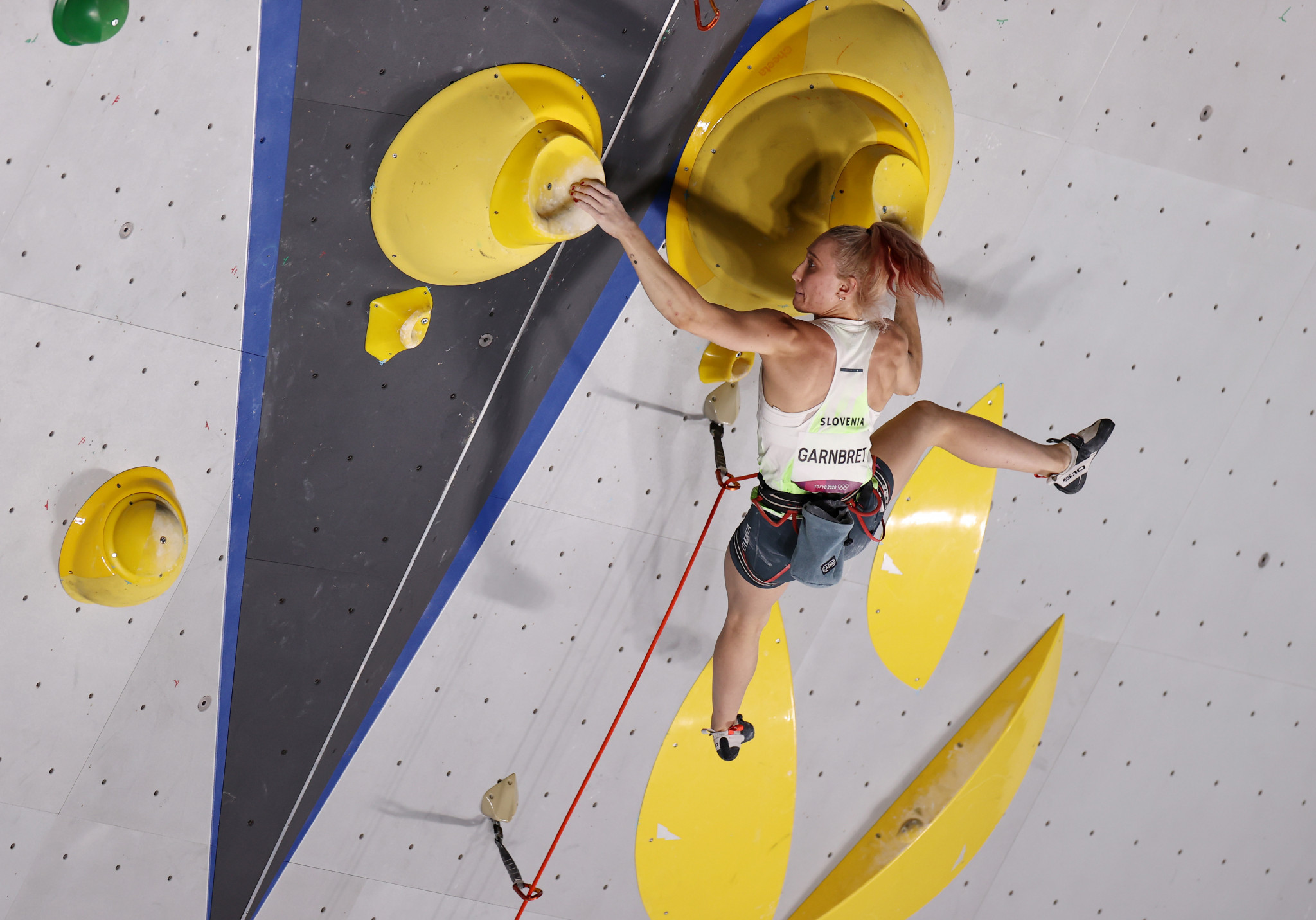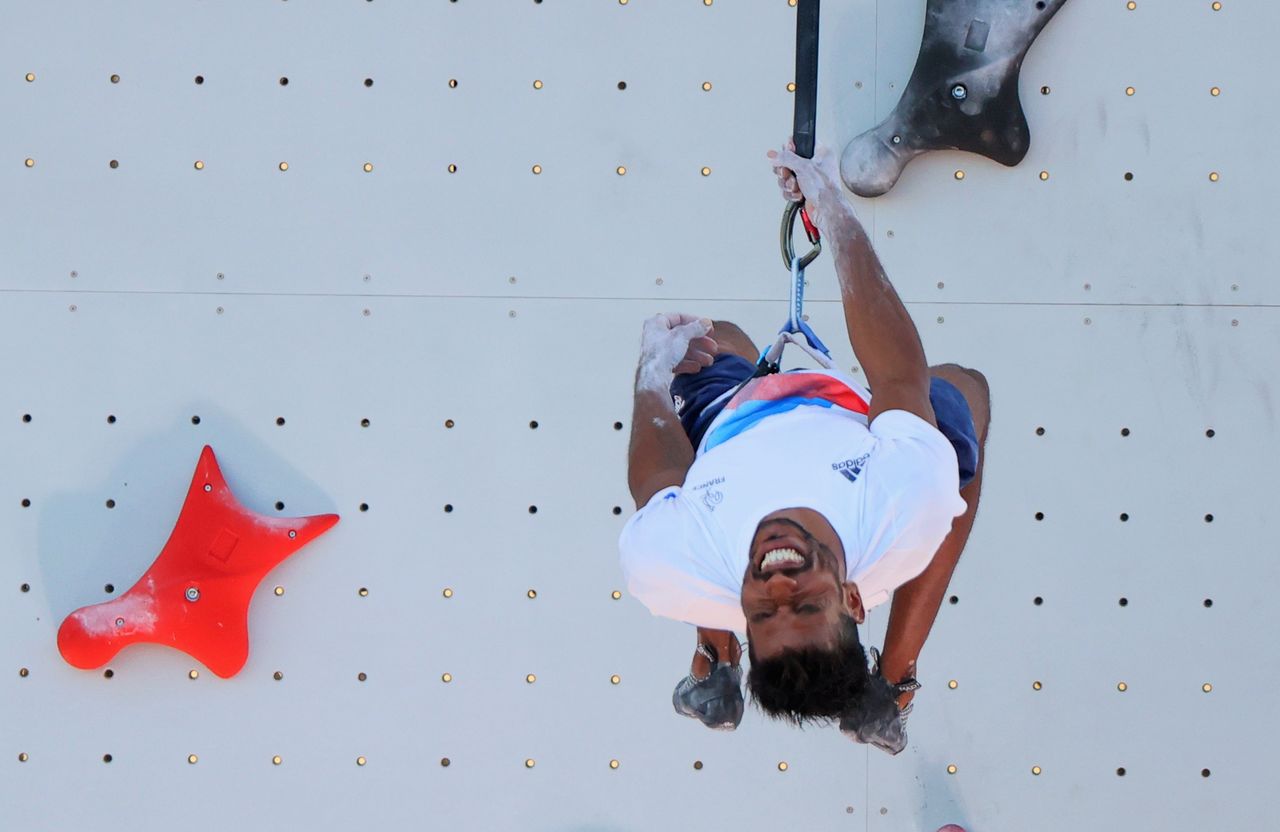The Rise of Sport Climbing in the Olympics: Sport Climbing Combined Olympics Live

Sport climbing, a thrilling and physically demanding discipline, has captivated audiences worldwide. Its inclusion in the 2020 Tokyo Olympics marked a significant milestone, propelling the sport to new heights of recognition and popularity.
The Evolution of Sport Climbing
Sport climbing has evolved from a niche activity to a globally recognized sport. Its origins can be traced back to the 1980s, when enthusiasts began to explore the potential of climbing artificial walls. The sport gained momentum throughout the 1990s, with the establishment of dedicated climbing gyms and the emergence of professional climbers. The International Federation of Sport Climbing (IFSC) was founded in 1997, setting the stage for the sport’s future development.
The Impact of the Olympics
The inclusion of sport climbing in the 2020 Tokyo Olympics had a profound impact on the sport’s growth and popularity. The global exposure provided by the Games captivated a wider audience, inspiring new generations to embrace the challenges and rewards of climbing.
Increased Participation
The Olympics served as a catalyst for increased participation in sport climbing. Climbing gyms witnessed a surge in membership, with new enthusiasts eager to try the sport. This growth was fueled by the inspiring performances of Olympic athletes, who showcased the beauty, athleticism, and technical skill required in sport climbing.
Growth of the Sport
The Olympic spotlight shone brightly on sport climbing, leading to significant investments in infrastructure and development. New climbing gyms and facilities were constructed, providing more opportunities for aspiring climbers to train and compete. The IFSC, with its expanded resources and global reach, worked tirelessly to promote the sport and nurture its growth.
Challenges and Opportunities
The inclusion of sport climbing in the Olympics presented both challenges and opportunities.
Challenges
- Ensuring the sport’s safety and accessibility for all athletes was a primary concern. The IFSC implemented strict safety protocols and guidelines to mitigate risks and create a fair and equitable playing field.
- Balancing the technical complexity of the sport with its accessibility for a wider audience was another challenge. The IFSC worked to develop formats and rules that were both engaging and understandable for viewers, while maintaining the sport’s technical integrity.
Opportunities
- The Olympics provided a platform to showcase the diversity and inclusivity of sport climbing. Athletes from various backgrounds and abilities competed on an equal footing, inspiring a wider range of individuals to participate in the sport.
- The Games also presented an opportunity to promote the environmental and social benefits of climbing. The IFSC emphasized the importance of responsible climbing practices and the role of the sport in promoting conservation and sustainability.
Analyzing the Combined Format

The combined format in Olympic sport climbing is a unique blend of three distinct disciplines: lead climbing, bouldering, and speed climbing. Each discipline requires a specific set of skills, and the combined format tests athletes’ overall climbing prowess across all three.
The Three Disciplines
The combined format emphasizes the multifaceted nature of sport climbing by incorporating three distinct disciplines, each demanding unique skill sets:
- Lead Climbing: This discipline tests athletes’ endurance, technique, and mental fortitude. Climbers ascend a challenging route, secured by a rope, aiming to reach the highest point within a set time limit. Points are awarded based on the height reached and any penalties incurred for falling.
- Bouldering: This discipline focuses on strength, power, and problem-solving abilities. Climbers tackle short, challenging routes on a low wall, without ropes, relying on their own strength and agility. Points are awarded based on the number of successful ascents and the difficulty of the routes completed.
- Speed Climbing: This discipline emphasizes speed and efficiency. Climbers race against the clock, ascending a pre-defined route as quickly as possible. The athlete with the fastest time wins the competition.
Skills Required for Each Discipline
The three disciplines demand a diverse range of skills, making the combined format a true test of a climber’s overall ability:
- Lead Climbing: Requires endurance, technique, and mental focus. Climbers need to conserve energy, execute precise movements, and maintain composure under pressure.
- Bouldering: Demands strength, power, and problem-solving skills. Climbers need to generate explosive power for dynamic movements, strategize efficient routes, and adapt to complex holds.
- Speed Climbing: Focuses on speed, efficiency, and agility. Climbers need to develop quick reflexes, streamline their movements, and maintain a high level of physical fitness.
Combined Scoring System
The combined format awards points based on the athlete’s performance in each discipline, with the final ranking determined by the overall score:
| Discipline | Scoring System | Contribution to Overall Score |
|---|---|---|
| Lead Climbing | Points are awarded based on the height reached and any penalties incurred for falling. The higher the climber reaches, the more points they earn. | 50% |
| Bouldering | Points are awarded based on the number of successful ascents and the difficulty of the routes completed. More difficult routes earn more points. | 25% |
| Speed Climbing | The fastest climber wins. Points are awarded based on the climber’s ranking in the speed climbing competition. | 25% |
The combined format encourages athletes to develop a well-rounded skillset, emphasizing the importance of versatility and adaptability in sport climbing.
The Thrills of Live Coverage

The magic of live sport climbing events lies in the ability to capture the raw energy, technical prowess, and sheer determination of athletes in real-time. Live coverage, with its dynamic camera angles, expert commentary, and intimate athlete interviews, transforms the experience for viewers, bringing them closer to the action than ever before.
Camera Angles and Their Importance, Sport climbing combined olympics live
The choice of camera angles is crucial in conveying the intensity and intricacies of sport climbing. Strategic positioning allows viewers to appreciate the climbers’ movements, their struggles, and their triumphs in a way that wouldn’t be possible with a static viewpoint.
- Wide-angle shots establish the overall context of the climb, highlighting the sheer scale of the wall and the climber’s position within it.
- Close-up shots focus on the climber’s hands and feet, revealing the intricate footwork and the delicate balance required to navigate the route.
- Tracking shots follow the climber as they ascend, capturing the dynamic flow of their movements and emphasizing the challenges they face.
- Slow-motion replays provide a detailed analysis of crucial moments, allowing viewers to appreciate the technical precision and athleticism involved.
Engaging Commentary and Insights
Expert commentary adds another layer of depth to the live viewing experience. Experienced climbers, with their intimate knowledge of the sport, can provide insightful observations, explain complex techniques, and build anticipation for key moments.
- Technical analysis helps viewers understand the strategies and tactics employed by climbers, providing context for their movements and decisions.
- Historical context enriches the narrative by drawing parallels to previous climbs, highlighting the evolution of the sport and the athletes’ achievements.
- Athlete insights offer a glimpse into the mental and physical challenges faced by climbers, fostering empathy and appreciation for their dedication.
Innovative Enhancements for the Viewing Experience
Technology plays a pivotal role in enhancing the live viewing experience, allowing for real-time data visualizations, interactive elements, and immersive perspectives.
- Real-time data overlays provide viewers with vital information, such as the climber’s current position, time elapsed, and difficulty of the route.
- Virtual reality (VR) experiences allow viewers to virtually climb alongside the athletes, offering a truly immersive and interactive experience.
- Augmented reality (AR) features can enhance the viewing experience by superimposing digital information onto the live feed, providing context and insights in real-time.
Sport climbing combined olympics live – The thrill of watching sport climbing combined events live is undeniable. The climbers’ strength and agility are captivating, and the tension builds as they navigate the challenging routes. After a day of intense competition, it’s time to relax and unwind in the comfort of a luxurious white leather club chair , reminiscing about the breathtaking feats of athleticism witnessed earlier.
A white leather club chair embodies elegance and sophistication, providing the perfect setting for reflecting on the exciting moments of the sport climbing combined olympics live.
The thrill of watching athletes scale towering walls in the Sport Climbing Combined Olympics is unmatched. After a long day of cheering on your favorite climbers, unwind in the comfort of a blue leather accent chair , reflecting on the incredible feats of strength and agility you witnessed.
The vibrant blue hue will complement any home decor, just like the vibrant energy of the sport climbing competition.